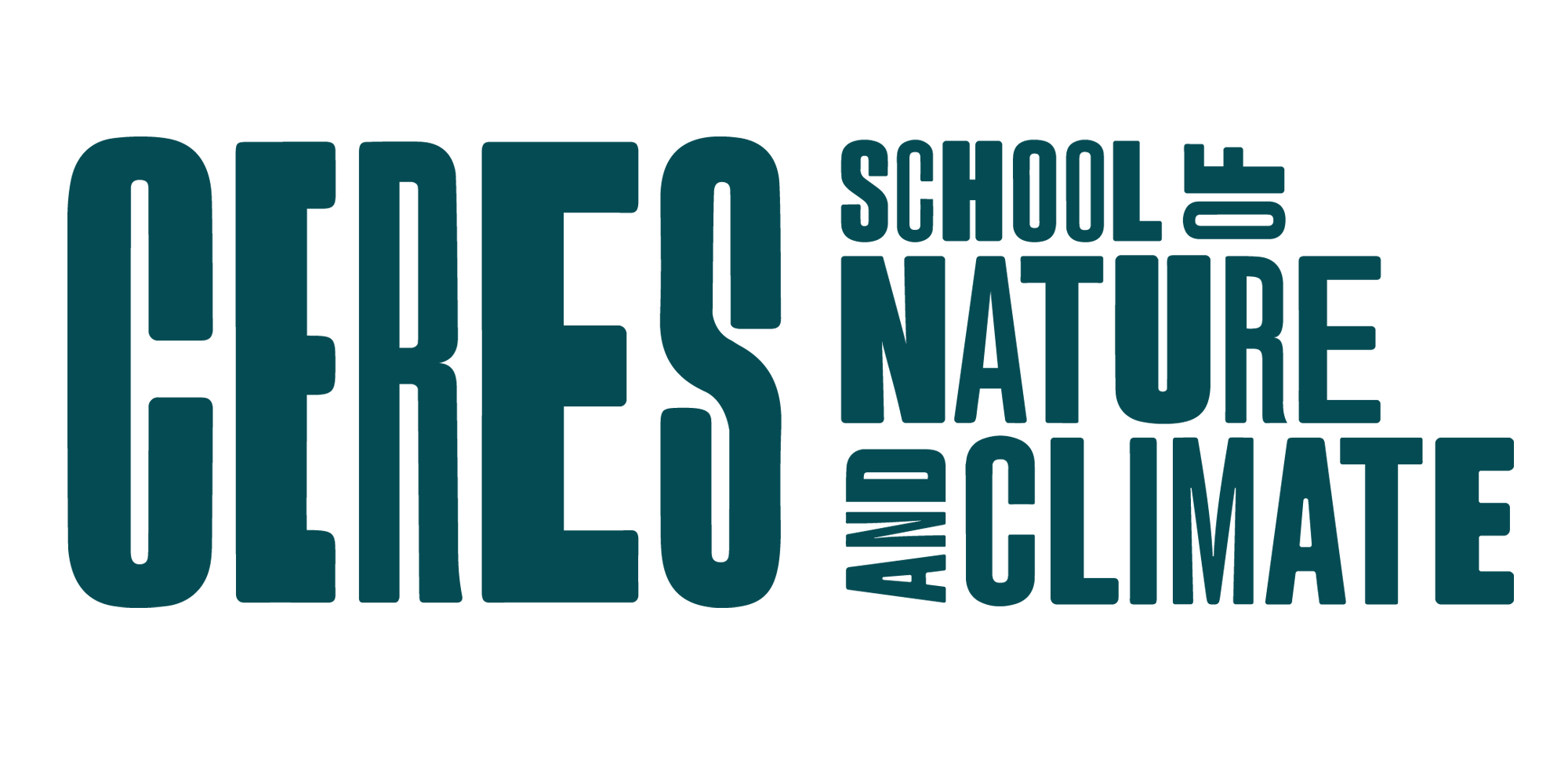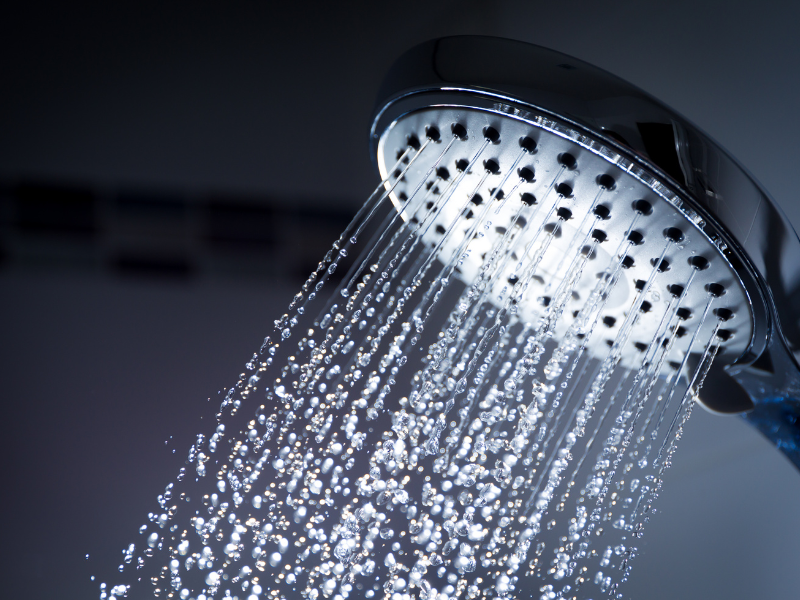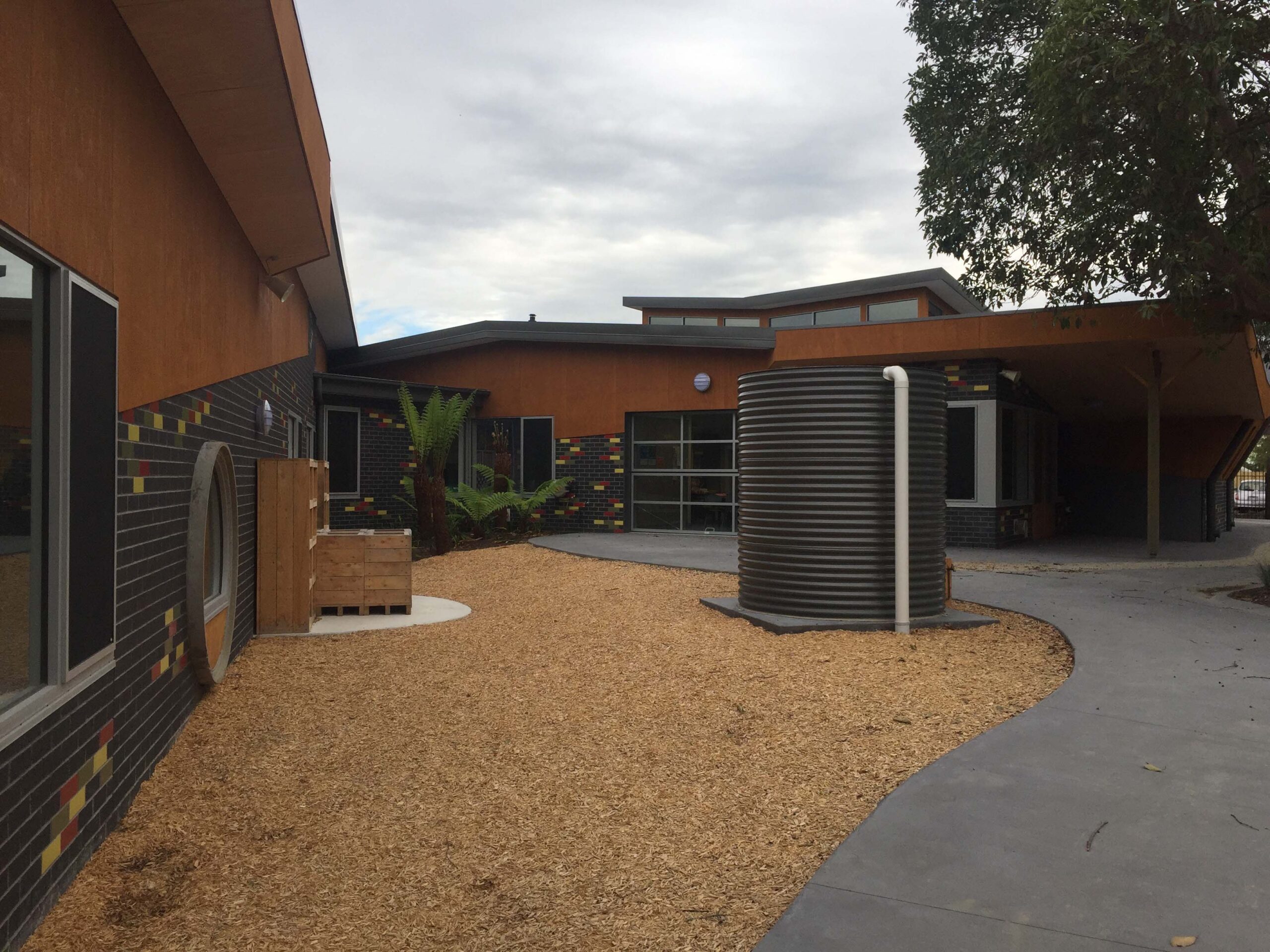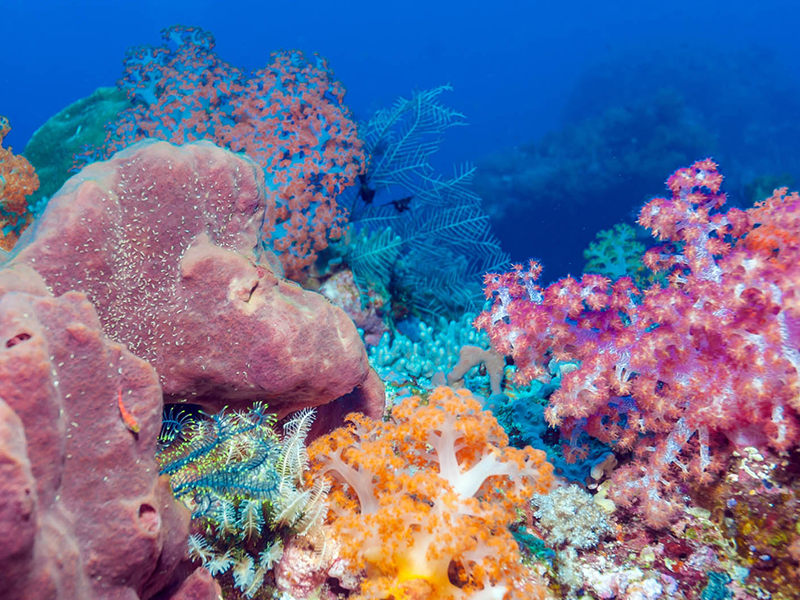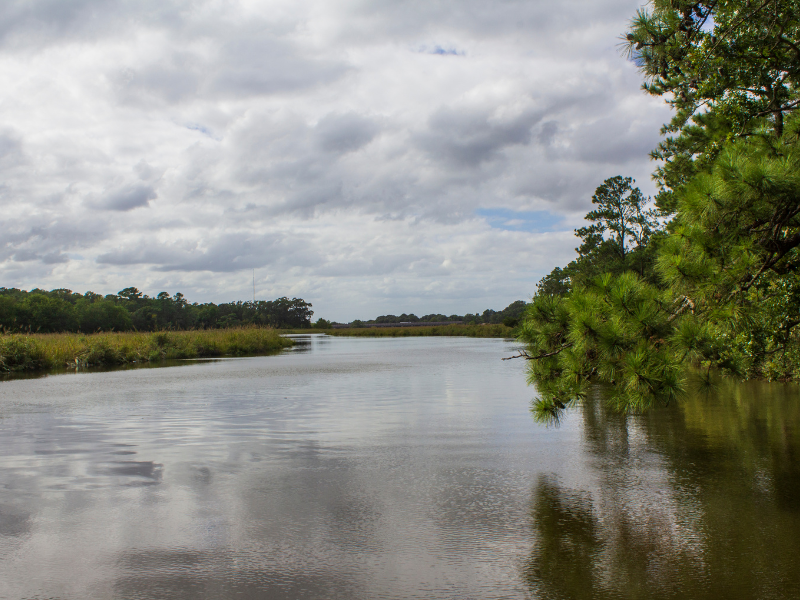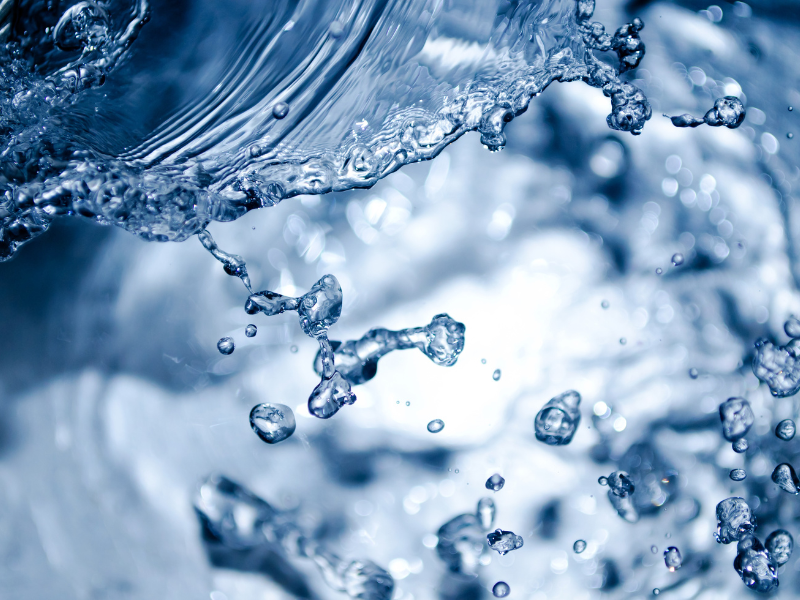Water Use at Home Curriculum Activity
Suitable for Primary (Years 3-6)
Victorian Curriculum Links:
Year 3: (VCMMG140)
Year 4: (VCMMG166)
Year 5: (VCMMG195)
Year 6: (VCMMG225)
Activity Description
The Water Use at Home activity investigates the amount of water that we use on a daily basis through a variety of household water uses. Students brainstorm all of the ways that water is used in the home and match them with the amount of water they consume. They then explore possible conservation measures to reduce their household water consumption.
Key Concepts
Water Footprint, Water Use, Water Conservation
Key Learning Intentions
1. Students will be able to identify the variety of ways that water is used in the home
2. Students will order and compare water uses according to the volume of water the average person uses in a household in Melbourne
3. Students will be able to identify water conservation measures
Suggestions for Assessment
Formative
1. Participation in the Water Use at Home activity
2. Participation in the Discussion questions below
Instructions
1. Tune in
Brainstorm some of the ways water is used at home (e.g. dishwasher, garden watering, etc.). Identify the water use that you think consumes the most amount of water?
2. Mix and Match
Match each of the water use cards (e.g. shower, flushing toilet, etc.) with the cards indicating the average amount of water it uses. (Note: the water use is measured in litres per person per day for a person living in Melbourne).
3. Discussion
1. Refer to the three water uses below and suggest one way to reduce water consumption for each. (Consider the rethink, reduce, reuse, recycle approach when developing your strategies).
a) Showering
b) Watering the garden
c) Flushing the toilet
2. Calculate how much water you think you could save by implementing one of the above mentioned water saving strategies. e.g. How many litres of water could the average person save by cutting their daily shower time in half?
Suggested ResourceSmart Schools Module Links
Undertaking the activity as described above links to the ResourceSmart Schools Water Module – actions B1.1, B1.2, B1.3
Below is a list of extension activities that link to additional actions of the Water module:
- Conduct a water audit at your school to identify ways that water is used and any possible water saving strategies and recommendations (Resourcesmart Schools Water Module – actions A1.1, B1.3, B1.4, B1.8, C2.1)
- Try one of the water saving strategies at your home for one week. What were the challenges and successes? Write a learning story about your experience and share it on the school’s website (ResourceSmart Schools Water Module – actions B1.3, C1.3)
- Create interpretive signage about water conservation and display them around the school to raise awareness and to encourage water savings (ResourceSmart Schools Water Module – actions A2.5, B1.4)
- Design and create a water efficient school garden that includes local, drought tolerant plants to suit the local environment and climatic conditions. Talk to a local plant expert or friends group for adviceon appropriate plants (ResourceSmart Schools Water Module – actions A4.1, A4.2, B1.3, B1.6, B1.8, C3.9)
- Invite a local indigenous group(s) to share their traditional perspectives on the uses and value of water (ResourceSmart Schools Water Module – actions B1.5, B1.6)
- Create an education brochure or pamphlet educating people about water conservation in the home.Distribute these in the school e-newsletter (ResourceSmart Schools Water Module – actions C1.1,C3.5)
Speak to your CERES ResourceSmart Schools Facilitator about further links to the Water Module.

